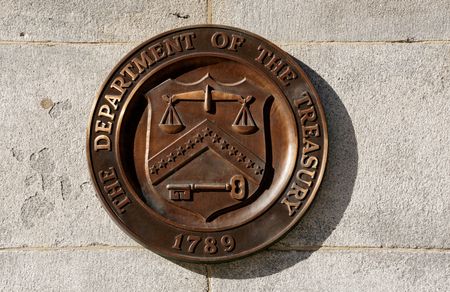By David Lawder
WASHINGTON (Reuters) – The U.S. Treasury said on Monday it will open applications on May 31 for $4 billion worth of new tax credits for advanced energy manufacturing and decarbonization projects, with $1.6 billion of those required to be in communities hit by closures of coal mines or coal-fired power plants.
Treasury made the announcement as it issued initial guidance for the Inflation Reduction Act program aimed at expanding U.S. manufacturing capacity and jobs in clean energy technologies and separate tax incentives for small-scale solar and wind power projects in low-income and disadvantaged communities.
Congress approved a total of $10 billion worth of advanced energy project tax credits, with $4 billion reserved for hard-hit coal communities, among the $369 billion worth of clean energy incentives in the IRA legislation. To be eligible in the first round, applicants must submit a “concept paper” to the Department of Energy by July 31, which will determine whether it can move forward in the approval process.
The Treasury guidance for the program gave several examples of likely qualifying projects, including those that capture or sequester carbon dioxide, produce hydrogen with zero- or low-emission energy, produce renewable biofuels and battery electric vehicles as well as critical materials for those vehicles and charging infrastructure.
BONUS LOW-INCOME CREDITS
For wind and solar projects in low-income and disadvantaged “environmental justice” communities, the IRA offers a bonus 10% or 20% credit on top of 30% general tax credit for these projects. This bonus credit is limited to a total of 1.8 gigawatts worth of generating capacity each year and a per-project limit of five megawatts.
Nonetheless a U.S. Treasury official said that since a typical community solar project was one to five megawatts, the bonus credit could drive more than 1,000 new projects annually.
Treasury said in the environmental justice guidance that for 2023, 700 megawatts of the total project capacity would be allocated for facilities located in low-income communities with a poverty rate of at least 20% and median income less than 80% of its state average.
Treasury will allocate 200 megawatts of capacity for facilities located on Indian lands and 200 megawatts for federally subsidized residential buildings.
Another 700 megawatts of capacity will be reserved for half the financial benefits of the electricity produced to households with incomes below 200% of the poverty line or below 80% of area median income.
“The application process for the Low-Income Communities Bonus Credit program will open in 2023 in two phases,” Treasury said in a statement “Applications for facilities that are part of low-income residential buildings and those that benefit low-income households will be accepted first, with applications for other projects to follow.”
(Reporting by David Lawder; Editing by Chizu Nomiyama and David Gregorio)

